Flotsam from 2011 Japan tsunami reaches Alaska
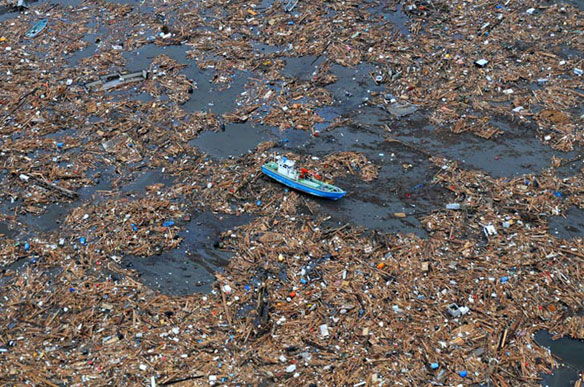
It’s been more than a year since a massive quake devastated northeast Japan, and the debris believed to be from that disaster is now washing up more than 4,000 miles away, on Alaska’s shores.
Small Earthquakes May Cause Surprisingly Big Tsunamis
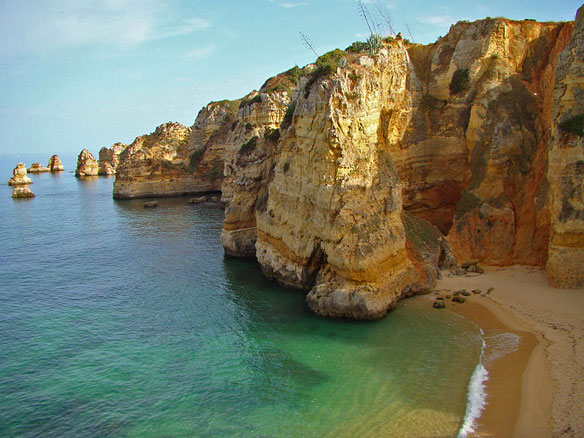
Mysterious small tremors in the most earthquake-prone areas on Earth may be the cause of surprisingly large tsunamis, researchers say.
Mexico Launches National Tsunami Warning System
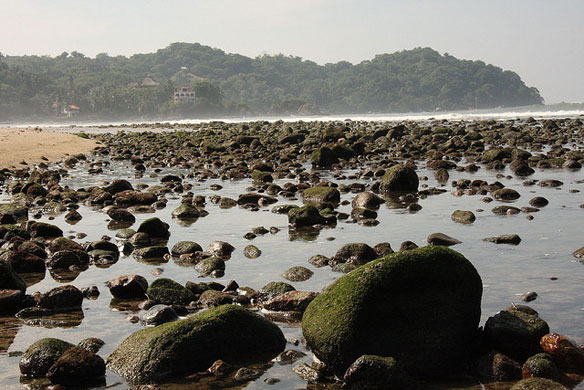
The Mexican government on Tuesday launched a national tsunami system to monitor quakes around the world that could impact the country’s coastline.
First-of-its-kind study reveals surprising ecological effects of earthquake and tsunami
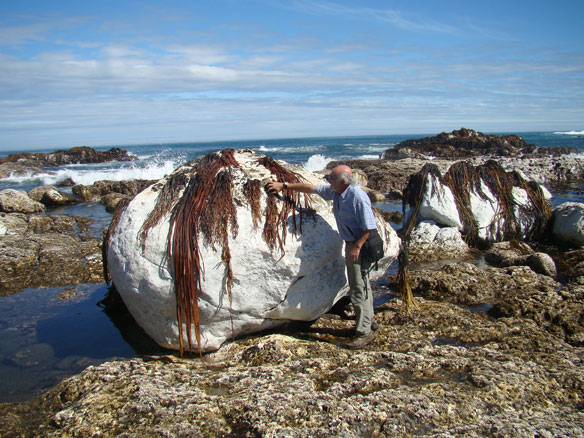
The reappearance of long-forgotten habitats and the resurgence of species unseen for years may not be among the expected effects of a natural disaster. Yet that’s exactly what researchers have found on the sandy beaches of south central Chile, after an 8.8-magnitude earthquake and devastating tsunami in 2010. Their study also revealed a preview of the problems wrought by sea level rise, a major symptom of climate change.
Japan tsunami Debris Moves Towards US and Canada
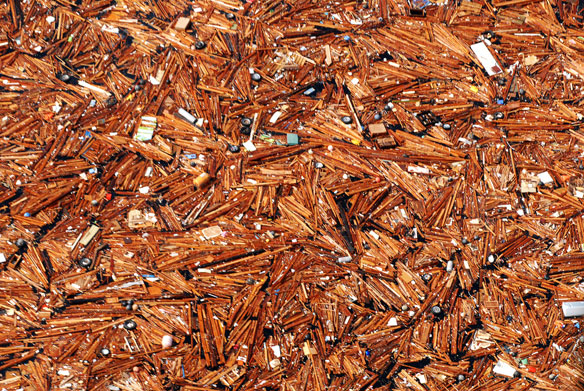
The tsunami swept as much debris into the ocean in one day as is usually dumped in a year, threatening wildlife and the Pacific’s ecology. Washington, Oregon, British Columbia and Alaska should get much of the debris, while most of California might be protected by currents pushing objects back out to sea. Hawaii, however, is in line for several deposits of tsunami trash.
Japan Sea Sediments Tell of Past Tohoku Quakes

Previous earthquakes that rivalled the March 2011 Tohoku tremor in size may be recorded in sediment samples just recovered from the seafloor off Japan’s coast.
GPS Could Speed Up Tsunami Alerts
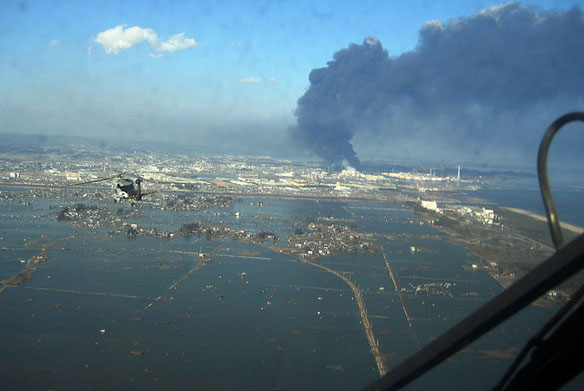
Global positioning systems (GPS) could provide faster tsunami alerts than current warning set-ups, German researchers said at the European Geosciences Union Conference in Vienna, citing data collected in last year’s deadly Japan earthquake.
Can Whales Predict Tsunamis?
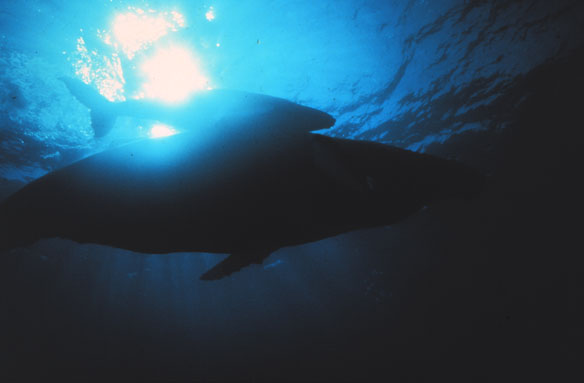
As tsunami warnings hit the Indonesian and Sri Lankan coasts last week, observers at sea watched as every species of cetacean, from massive blue whales to diminutive spinner dolphins, vanished in the space of a few minutes.
Tsunami Watch Cancelled After 8.6-Magnitude Earthquake Off Indonesian Coast
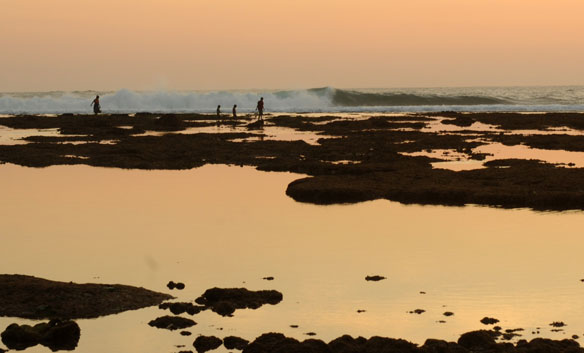
Two powerful earthquakes struck more than 200 miles off the coast of the Indonesian island of Sumatra, but the tsunami watch was cancelled.
